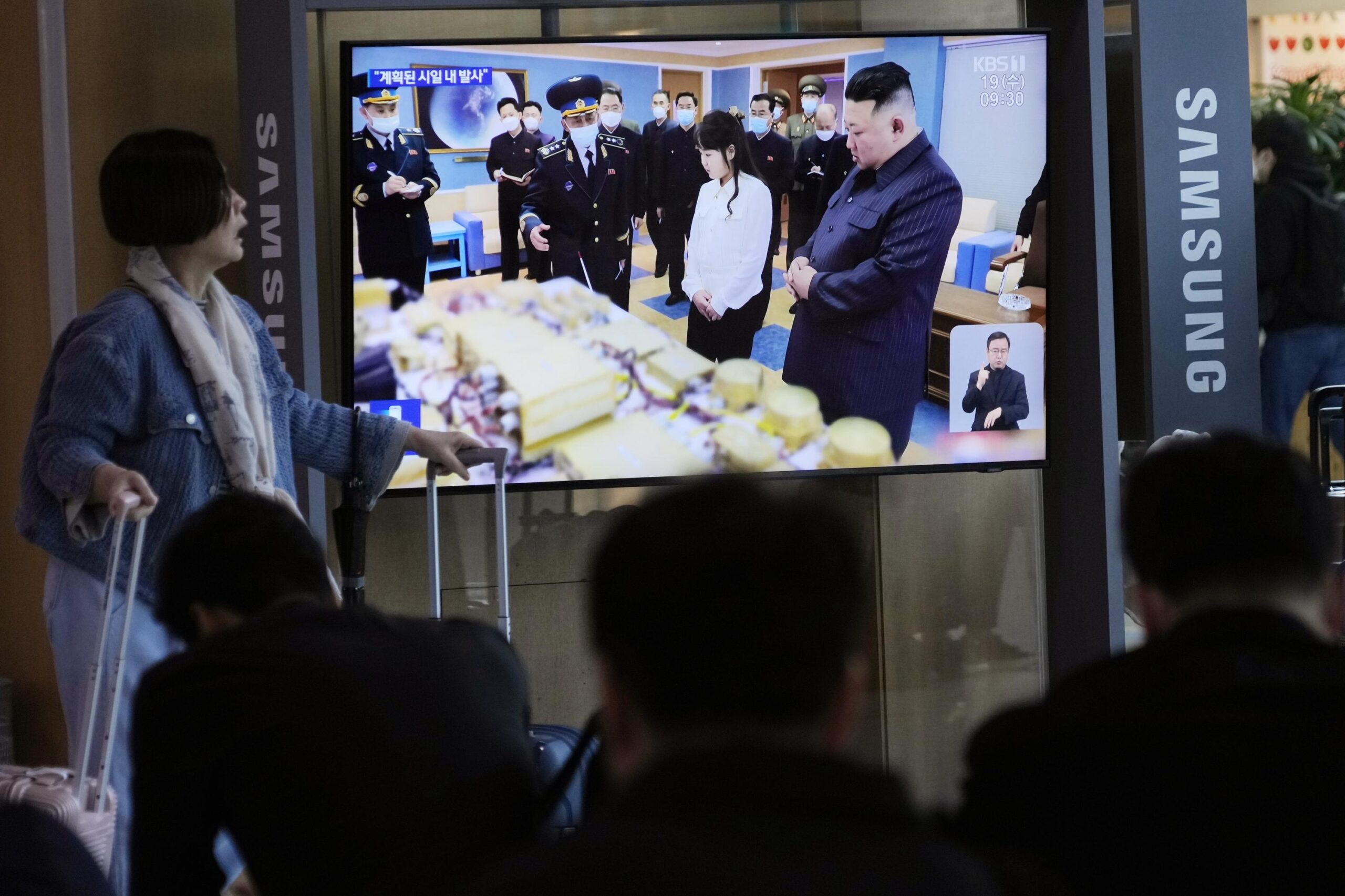North Korean leader Kim Jong Un announced on Tuesday that his country has completed the development of its first military spy satellite. The announcement was made during Kim’s visit to the country’s aerospace agency, where he ordered officials to prepare for the launch of the satellite at an undisclosed date.
The development of a space-based surveillance system has been one of Kim’s key objectives in his effort to advance North Korea’s military capabilities and put pressure on the United States to abandon its “hostile policies.” This includes the military drills conducted with South Korea, as well as the international economic sanctions imposed on North Korea.
While previous missile and rocket tests have demonstrated North Korea’s ability to send satellites into space, many experts question whether the country has cameras sophisticated enough to use for spying from a satellite. This is due to the fact that only low-resolution images were released after past launches.
Kim stated that having an operational military reconnaissance satellite is crucial for North Korea to effectively use its war deterrence. He cited serious security threats posed by the United States and South Korea this year as the reason for the development and launch of the spy satellite.
North Korea has been conducting a torrid run of weapons tests, including its first test-launch of a solid-fueled intercontinental ballistic missile designed to strike the U.S. mainland last week. The country has carried out approximately 100 missile tests since the start of last year, about 30 of them this year.
The United States and South Korean militaries have been expanding their combined drills to beef up their deterrence against North Korea’s growing nuclear threats. This week, the allies launched a 12-day aerial exercise involving some 110 warplanes and staged a one-day naval missile defense exercise with Japan.
Kim has vowed to develop an array of major weapons systems, including a solid-propellant ICBM, a nuclear-power submarine, a hypersonic missile, and a multi-warhead missile. North Korea has conducted tests of such weapons, but it is unclear how close they are to operational.
When North Korea launched a test satellite to assess its photography and data transmission systems last December, it publicized black-and-white photos showing a space view of South Korean cities. However, some experts in South Korea said at the time that the photos were too crude for a surveillance purpose and that they were likely capable of only recognizing big targets like warships at sea or military installations on the ground.
Kim’s sister and senior North Korean official, Kim Yo Jong, quickly dismissed such an assessment, saying the test satellite carried a commercial camera because there was no reason to use an expensive, high-resolution camera for a single-shot test.
Many outside analysts also assess that North Korea has not overcome the last remaining technological hurdles to acquire functioning nuclear missiles, such as ones to build miniaturized warheads atop missiles and protect warheads during atmospheric re-entry.
Kim Jong Un stated that one of the objectives for its spy satellite is acquiring an ability to “use pre-emptive military force when the situation demands.” This shows that he intends to link the spy satellite to North Korea’s escalatory nuclear doctrine, which authorizes pre-emptive nuclear strikes.
Tuesday’s announcement focused on U.S. military assets like aircraft carriers and long-range bombers that have been deployed in South Korea in recent months. However, it made no mention of possible targets in the mainland U.S. This could imply that North Korea may intend to use its reconnaissance satellites to identify and then attack key targets in South Korea, including U.S. military bases, with its short-range missiles.
Kim Dong-yub, a professor at the University of North Korean Studies in Seoul, stated that North Korea is communicating that its military reconnaissance satellites would be intended to acquire precise location and movement information in real-time so that its missiles and other nuclear-armed weapons could accurately strike targets. The development of a military spy satellite by North Korea has raised concerns about the country’s military capabilities and intentions. Kim Dong-yub’s statement suggests that the spy satellite could be used to further enhance North Korea’s offensive capabilities, particularly in terms of targeting precision. This development is likely to further escalate tensions in the region and heighten global concerns about North Korea’s nuclear ambitions.

